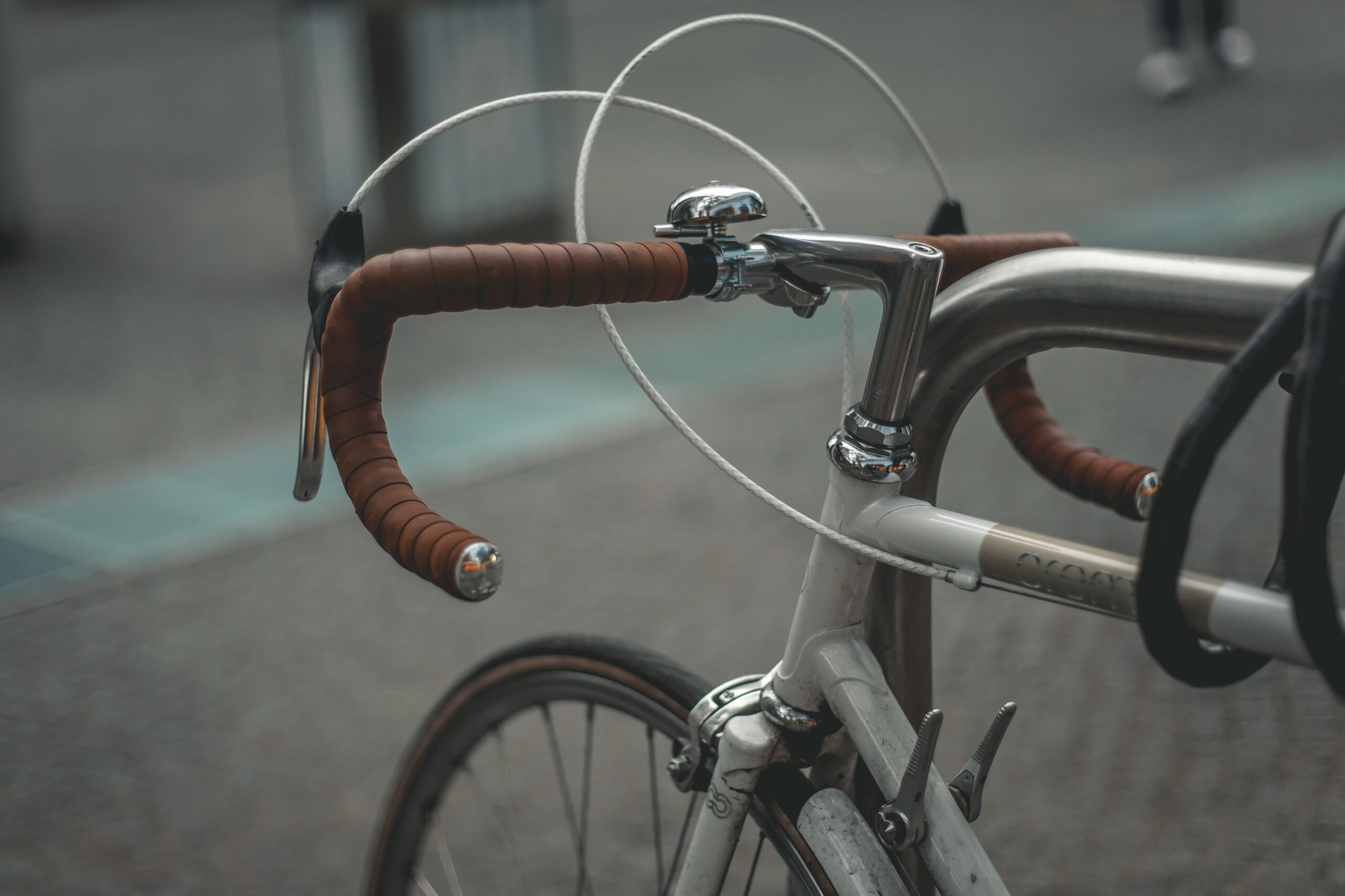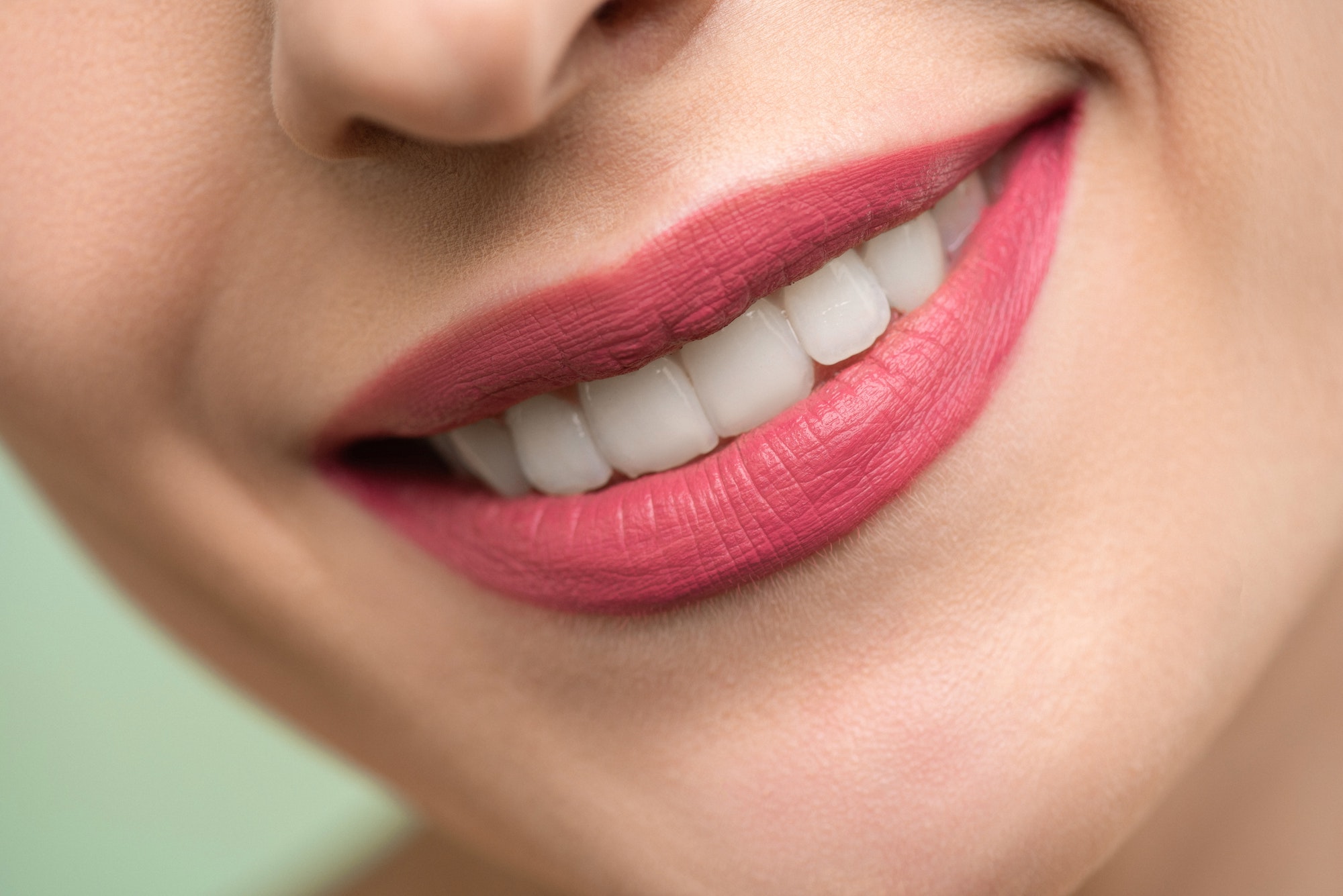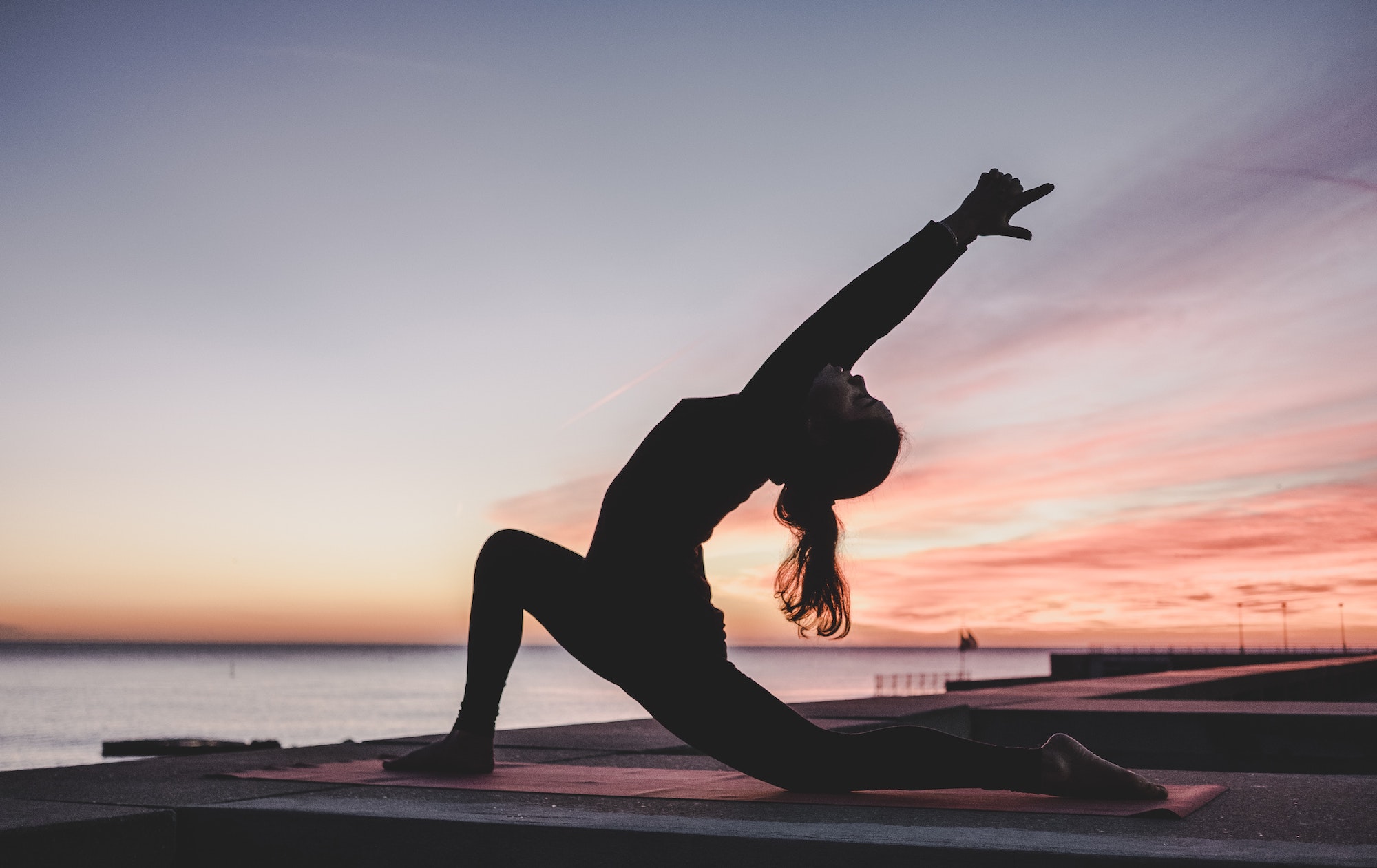When it comes to outdoor sports, there is no substitution for having the best sports sunglasses available. Whether you’re running a marathon or playing a game of basketball, proper protection from the sun’s rays is essential. Not only do they protect your eyes from the elements, but they can also enhance performance by blocking out distracting glare and improving visibility in low-light conditions.
What are sport sunglasses?
Sport sunglasses are specialized eyewear designed for outdoor activities that require maximum visibility and protection from environmental hazards. They usually have large lenses made of polycarbonate or other shatterproof materials, along with an adjustable frame to ensure a snug but comfortable fit.
The frames also generally feature specialized nose pads and temple tips to provide extra grip during physical activities. Sport sunglasses typically offer 100% UV protection to protect the eyes from sun damage and glare, as well as anti-fog technology to ensure a clear vision while exercising in humid conditions.
Many models also include polarized lenses, which reduce reflections off surfaces such as water, making it easier to spot objects clearly. With their combination of features and durable construction, sport sunglasses are perfect for athletes who need reliable eyewear to help them perform their best.
There are several factors to consider when looking for the best sports sunglasses for your needs: lens quality, fit, comfort and style. Lens quality refers to both UV protection and polarization. Polarized lenses reduce glare from horizontal surfaces such as water or pavement allowing greater clarity of vision while still providing 100% UV protection against both UVA & UVB light.
The fit of your sunglasses should be snug but comfortable, with no gaps between your face and the frame. Look for frames that are lightweight yet durable, designed to stay in place during physical activity without slipping off or bouncing around. Comfort is also key; make sure yours have adjustable nose pads and temples so you can customize the fit if needed.
Finally, consider the style of your sports sunglasses. There are a variety of colors, shapes and sizes available on the market today, so find one that suits your taste and lifestyle. Keep in mind that while they may look good, it’s important to choose ones that properly shield your eyes from the sun’s rays first and foremost.
Which glasses are best for sports?
Sport specialists recommend Polycarbonate lenses for sports glasses, as they are exceptionally impact resistant. This material is also very light, which makes it a great choice when playing sports that require quick movements and large amounts of physical activity. Additionally, polycarbonate lenses offer 100% protection against UVA and UVB rays – an ideal feature for athletes who are exposed to long periods of outdoor light.
For those looking for prescription sport glasses, polarized lenses can be a great option. Polarized lenses reduce glare by blocking out reflected light from surfaces such as water or pavement, allowing athletes to see more clearly while participating in their sport. They are also scratch-resistant and provide excellent clarity in any environment.
Sports sunglasses also come in different styles, depending on the sport and the needs of the athlete. For instance, certain sports such as biking or running require sunglasses with larger lenses so that peripheral vision is not impaired. Conversely, sports such as tennis or golf may benefit from smaller lenses that provide better range of motion.
The best glasses for sports will vary from person to person – it’s important to consider factors such as face shape, size, prescription strength and activity level before deciding which pair of glasses are right for you. Once you find a pair of frames that fit your lifestyle and preferences, you can rest assured that your eyes are well-protected during activities like skiing, cycling or playing a friendly game of football.
Are polarized sunglasses better for sports?
When it comes to sports, the sun can be a major nuisance. Not only can it cause temporary issues like squinting and distraction, but long-term exposure to UV rays can lead to more serious concerns such as cataracts and other eye diseases. That’s why athletes need sunglasses that are designed specifically for their needs. Polarized sunglasses offer several distinct advantages over standard sunglasses when it comes to playing sports.
Polarization technology is designed to eliminate glare from reflective surfaces like water or asphalt by cutting out light waves that travel in certain directions. This makes the view much clearer than with standard lenses, which simply darken the overall image without providing any additional clarity. For athletes who spend time outdoors in sunny conditions, this clarity can mean the difference between success and failure.
Polarized sunglasses also provide additional protection from UV radiation, which is especially important for sports activities that involve a lot of time outdoors. The lenses block both UVA and UVB rays and can prevent long-term damage to the eyes. In addition, polarized lenses come in many different styles and colors which are designed to give athletes an enhanced level of visibility while playing their respective sport.
Overall, polarized sunglasses offer athletes a number of distinct advantages over standard sunglasses when it comes to participating in outdoor sports. Their ability to reduce glare and protect from damaging UV rays make them an essential piece of equipment for any athlete who spends significant amounts of time outdoors in sunny conditions.
What color sunglasses are best for sports?
When it comes to engaging in sports, the right pair of sunglasses can be invaluable. The most important factor when choosing sunglasses for sports is the level of protection they provide against UV rays. Look for lenses that are rated with UV 400 or 100% UVA and UVB protection.
The color of the lenses also plays a role in how well you can perform your sport. For instance, gray lenses reduce glare by reducing overall brightness without distorting colors too much, so they’re great for golfers who need to distinguish between grass shades to read greens accurately. Brown lenses allow more light through than gray lenses, helping to increase contrast and depth perception—ideal for cyclists and skiers on winding trails or slopes. Amber lenses provide enhanced contrast and color vibrancy, making them perfect for tennis players.
Finally, when selecting sunglasses for sports activities, you’ll also want to choose a pair with a secure fit that won’t slip down your nose or jostle around during any kind of vigorous activity. Look for glasses with rubber-tipped earpieces or temple grips that will help the frames stay put even in the heat of the action. With all these things taken into account, you can find the best possible lenses for your specific sport and have an enjoyable time playing it.
Which sunglasses brand is best?
When it comes to sunglasses, there are a few things that should be taken into consideration. Firstly, the quality of the sunglasses should be paramount. Quality glasses will provide protection from harmful UV rays and resist scratches or warping from everyday wear. Additionally, look for lenses with polarization to reduce glare while still offering the user visibility in bright light conditions.
Secondly, consider the style of sunglasses that you prefer; do they fit your face shape and complement your personal style? Lastly, factor in cost. It’s important to determine how much you’re willing to spend on a good pair of sunglasses that offer both quality and style. With so many sunglass brands on the market today, making an informed decision can be difficult, but researching products and reading customer reviews can help you make the best choice for your individual needs.
Ultimately, there is no single brand that can be definitively labeled as ‘the best’ when it comes to sunglasses; the best choice will depend on personal preferences and budget. However, if you take all of the above factors into account while researching, you can find a high-quality sunglass brand that meets your individual needs and fits within your budget. With a little bit of research, you can find a great pair of sunglasses that offer both protection and style.
What glasses do NFL players wear?
NFL players typically wear visors, goggles, or sunglasses on the field to protect their eyes from dirt and debris. Visors block direct sunlight while also helping reduce glare. Goggles provide additional protection and a snug fit. Sunglasses offer superior UV protection and come in a variety of styles. Some NFL players may opt for prescription eyewear if needed.
All NFL players are required to wear protective eye gear during practice, regardless of whether they are playing indoors or outdoors. The type of glasses worn is often dictated by the particular position played; for example, linemen may prefer larger frames that cover more area than wide receivers who may prefer lighter frames with less coverage. Ultimately, it’s up to each individual player to decide which glasses best meet their needs. The main thing all NFL players should keep in mind is to always wear something that provides sufficient protection against flying objects and bright lights.
The NFL also requires all players who do not wear eyeglasses to have a polycarbonate eye shield attached to their helmet. The shields are designed to help reduce the risk of eye injuries, as well as protect the face from debris and potential contamination on the field. As with glasses, there is no one-size-fits-all solution when it comes to these shields; some players may prefer certain types or styles more than others. However, the league strongly recommends that everyone wears an approved shield for added safety.
In conclusion, NFL players have a few different options when it comes to protective eyewear. Whether they choose visors, goggles, sunglasses, or a polycarbonate eye shield, the important thing is that they wear something to protect their eyes from debris and bright lights. Ultimately, each individual player should pick what works best for them and make sure it meets the league’s safety guidelines.
How to choose sunglasses for sports?
When selecting sunglasses for sports activities, there are a few key criteria to consider.
The first is the level of protection from UV rays. Look for lenses that offer 100 percent UV protection, as this will help prevent long-term damage to your eyes. It’s also important to look at the lens coating or filter; polarized lenses can reduce glare and make it easier to see on bright days, while mirrored lenses help protect against harmful blue light emitted by digital screens.
Next, consider the frame style and material. Frames made of nylon or polycarbonate tend to be lightweight and comfortable, and they won’t break easily if dropped or bumped during activities like running or biking. On the other hand, metal frames may be more stylish and rigid, but they could cause discomfort if you sweat.
Finally, think about your activity. If you’re playing tennis or other activities that involve a lot of head movement, look for frames with adjustable nose pads and temple tips to ensure the sunglasses stay in place. Sunglasses designed specifically for sports are also available; these typically feature sporty designs, wrap-around lenses, and extra cushioning to provide more comfort.
By taking the time to choose the right pair of sunglasses for sports, you can protect your eyes from UV radiation as well as enjoy improved visibility during outdoor activities. Just make sure you pick a style that fits comfortably and provides adequate protection — your eyes will thank you.
What size lens is best for sports?
When it comes to lens size for sports photography, the longer the focal length the better. A telephoto lens is typically the best option for capturing sports action shots, as they allow you to get closer to the subject and capture more detailed shots. The most popular lenses for sports photography include 70-200mm f/2.8 zoom lenses, 400mm f/2.8 prime lenses, and 600mm or 800mm supertelephoto lenses.
Choosing a lens with a larger maximum aperture (i.e., lower f-stop number) is also important when shooting sports, as this will give you faster shutter speeds that can freeze action more effectively and increase your chances of getting sharp images with good detail.
A lens with a minimum aperture of f/2.8 or lower is ideal, as it will provide the fastest shutter speeds in lower light conditions and higher ISO settings.
Finally, image stabilization is also an important consideration when choosing a lens for sports photography. Image stabilization (or vibration reduction) helps reduce blur due to camera shake, which can be especially pronounced when shooting with longer focal lengths at slow shutter speeds. Most modern lenses have built-in image stabilization – so if you’re looking for a lens to capture sports action shots, make sure you choose one with this feature. With the right combination of lens size and features, you should be well on your way to capturing stunning sports photos.
What glasses do MLB players wear?
MLB players wear a variety of glasses to improve their vision. The most common type of glasses worn by players is prescription eyeglasses, which are designed to correct nearsightedness and farsightedness. Some MLB players also wear specialty glasses that have tinted lenses to reduce the glare from bright lights and sun at night games.
There are also sunglasses available with an anti-glare coating to help keep the player’s eyes focused on the ball. Other types of glasses that may be beneficial for MLB players include goggles or sports protective eyewear, which can protect the eyes from dirt and debris flying up during fielding practice.
Lastly, some MLB players use contact lenses as an alternative to glasses when playing in order to minimize distortion caused by the frames, and to improve their peripheral vision. Ultimately, MLB players have a range of glasses and eyewear options available to them that can help enhance their performance on the diamond.



